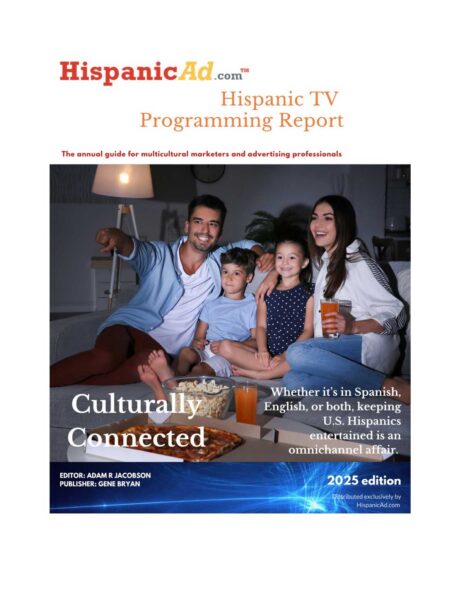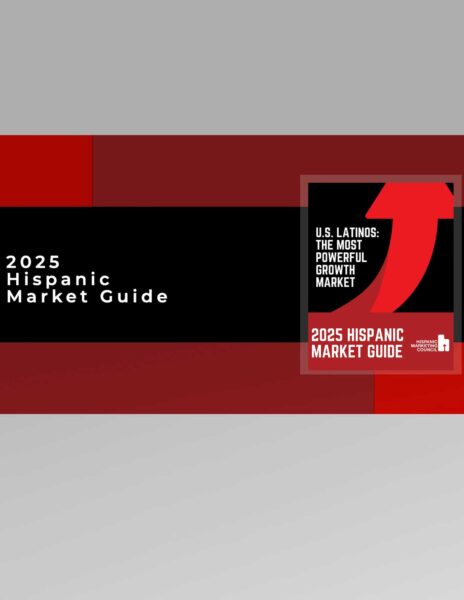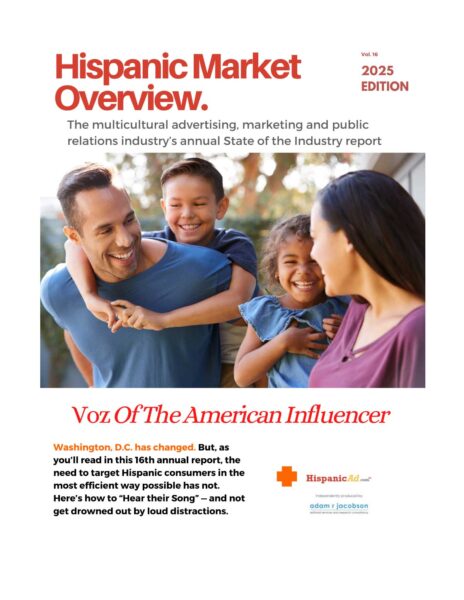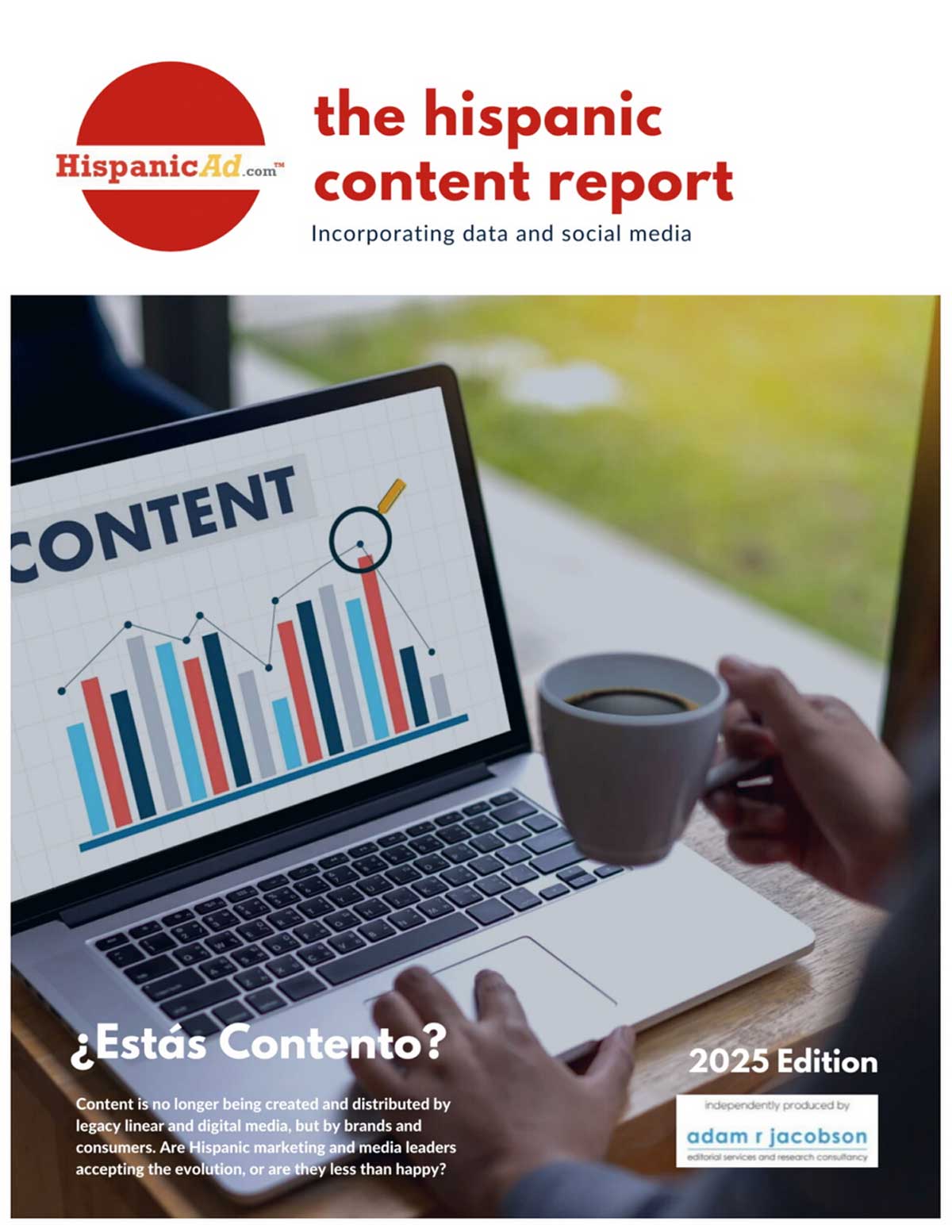Research
Diverse Content a Driver of Antenna Use

As cord-cutters look for ways to stay connected to live and local programming, multicultural audiences are embracing over-the-air (OTA) antennas, according to Horowitz Research’s State of OTA 2021 study.
Consumer Confidence Rebounds As U.S. Economy Recovers [REPORT]

Two years ago, the global shutdown sent the economy reeling, and many Americans, especially lower-income households, experienced a seismic shift in their financial security. Consumers reported worsening personal finances and a feeling that the economy was weakening. Their outlook for 2021 was equally as dim, with fewer Americans feeling optimistic about improvements in personal finances for the coming year.
Who’s Watching and Where Are They Buying Snacks?

The big game arrives this Sunday as the Los Angeles Rams and Cincinnati Bengals face off at SoFi Stadium in Inglewood, Calif. How many consumers say they will watch, what will they be tuning in for, what will they spend and where will they buy the foods they consume during the game?
Rooms with a view: Multiple-set TV households provide an array of access and choice for content-hungry viewers

In the 1985 film Back to the Future, there’s a line in one of the scenes that takes place in 1955 where Marty McFly tells his grandmother that his family has two TVs. As he’s referring to his life in 1985, his grandmother quickly dismisses him, saying that “nobody has two television sets.”
Impressions 2.0: The great equalizer

Every once in a while, a word becomes so common in our media vocabulary that we lose sight of its actual meaning. Impression is a good example. We know what it means. We’ve been using it for decades. Yet as the term is used more broadly for holistic media measurement, it’s easy to wonder if its meaning has changed along the way.
What does the future hold for audience data?

Audience data is very much a hot topic across the media industry right now. At this year’s World Audiences Summit, we spoke to a panel of emerging media leaders from the UK about how this data is being used by agencies and advertisers, and what they want now and in the future.
U.S. Hispanic population continued its geographic spread in the 2010s

The U.S. Hispanic population reached 62.1 million in 2020, an increase of 23% over the previous decade that outpaced the nation’s 7% overall population growth. At the county level, growth played out unevenly, which resulted in the continued geographic spread of Hispanics. Numerical growth of Hispanics was largest in counties that already had significant Hispanic populations, but the growth rate was largest in counties with smaller Hispanic populations, according to a Pew Research Center analysis of decennial census data from 1980 to 2020.
Behind Billions of Lost TV Impressions

How the Nielsen audience undercount took nearly 30 billion ad impressions out of the TV marketplace. [Hispanic & Black audiences impacted the most]
Better together: Panel + big data sets offers unprecedented insights into consumers

Choice has never been as abundant across the media landscape as it is today, and consumers are actively engaging with the platforms and channels that most appeal to them. The expanse of choice amplifies the industry’s need for accurate measurement—given that advertisers, publishers and agencies seek to attract, engage and measure engagement regardless of where consumption happens.
Multicultural marketing: Lessons from the past in predicting the future

Writings on multicultural marketing penned since the turn of the century reveal several trends borne from current events. In the early aughts, authors cited an unbridled optimism promising a future celebrating the potentialities of multiculturalism (Burton, 2002; Garcia, 2004). In this spirit, those who were once seen as commodities in the American dream were increasingly seen as valuable contributors to it, introducing new foods, clothing, and arts, and increasingly viewed as a potent economic force in their own right (Williams-Sanchez, 2021). Companies responded with total market approaches, though the promise of integrating diverse segments into the totality of marketing efforts, was never fully realized (Morse, 2021). Worse still, the multicultural ethos triggered a backlash from those seeking to retain white hegemony (Morse, 2018; Ulver & Laurell, 2020).. By Amy Huber, Doctoral Student - Florida State University, School of Communication
Martínez-Bonilla named SVP & Partner at C+R Research

C+R Research announced that Jorge Martínez-Bonilla has been named Senior Vice President and Partner.
Though On-Screen Diversity is Improving, Latinx Viewers Demand Better Representation

Two-thirds (64%) of Latinx consumers surveyed feel the media plays a big role in helping change stereotypes and negative opinions different groups have of each other.
Performance media and marketing: An expanding playground for brands [REPORT]

While performance media will be unlikely to influence a major purchase decision on its own, it works incredibly well for short-term impulse purchases – and brands can leverage these moments to build long-term brand value.
Biggest and Smallest Wealth Gaps by Race/Ethnicity

Some key factors driving the racial wealth gap include unequal access to higher education and employment for minorities, as well as residential segregation that still persists.
Micro Cultural Insights Yield Hyper Engaged Audiences, Higher Conversion Rates [PODCAST]

In this episode of The New Mainstream podcast, Marissa Nance, Founder and CEO of Native Tongue Communications, discusses how micro-cultural insights can help marketers use empathy to improve marketing performance.
Beware the Streetlight Effect

The information age began in the 1950s with the invention of transistor technology, then hop-skipped through the miniaturization of computer technology in the 1980s. Today, it’s marked by, well, too much information. With increasingly rich data from a dizzying array of sources, marketers can now capture more information on customers and competitors than ever before and use that data to drive actionable insights.
Video streaming: a complex and ever-evolving market [REPORT]

As the video streaming market grows more complex and dynamic, the greater the value of audience measurement.
Estrella Media signs multi-year Nielsen Local TV Measurement agreement

Nielsen and Estrella Media, Inc. announced a multi-year renewal agreement for local TV measurement. In addition, Nielsen will provide a comprehensive suite of analytics and performance services for Estrella’s stations in Dallas, Denver, Chicago, Houston, Los Angeles, Miami, Phoenix, and San Francisco.
Consumer Media Usage Growth Slowed to 1.6% in 2021 – Media Consumption to Grow Faster in 2022

Diverging from the sharp gain in momentum in advertising and marketing spending in 2021, consumer time spent with media registered a more modest uptick, similar to pre-pandemic trends through 2019 when signs of device penetration saturation began to emerge, according to new research released by PQ Media.
Reinforcing first-party data strategies is essential for securing consumers’ loyalty

By now, every marketer knows that third-party cookies will soon go away. While the fact may have left some marketers feeling lost as to how to target and engage consumers moving forward, third-party cookies were more of a crutch than a catalyst when it came to developing impactful campaigns and sustaining long-term business growth.



























